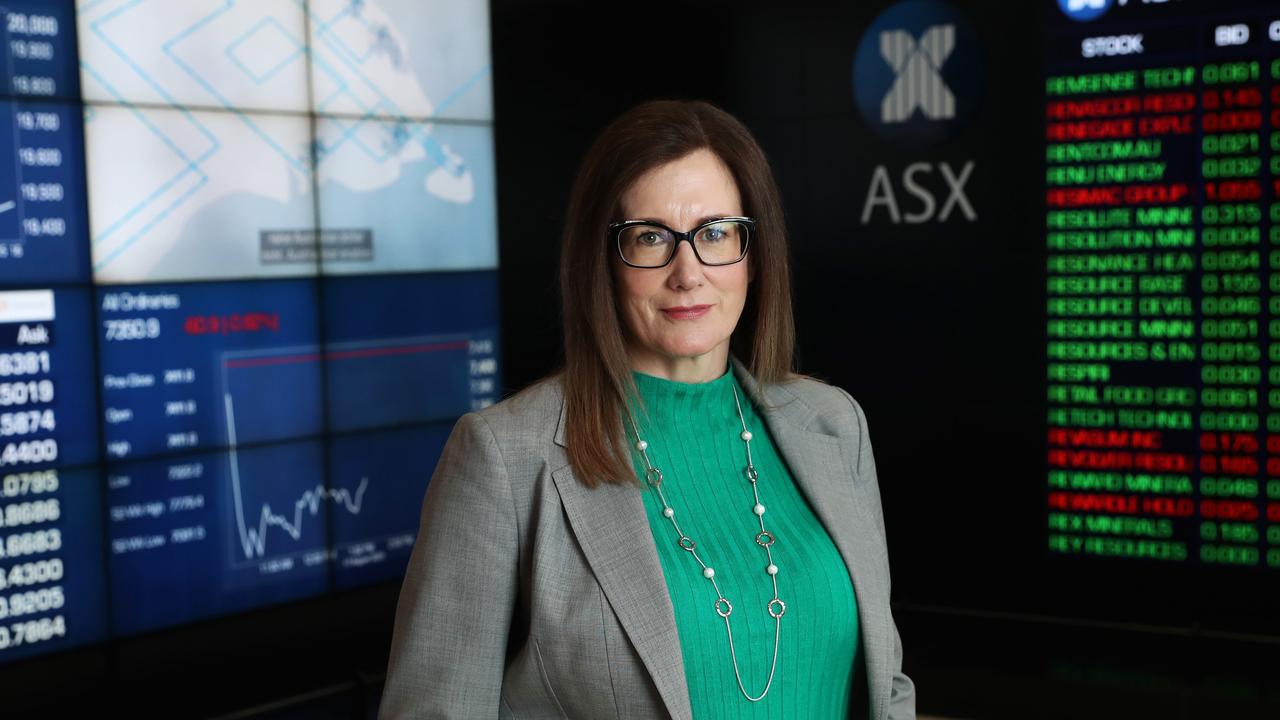Industry super funds can expect significantly more scrutiny from APRA and ASIC in 2025


The $1.4 trillion industry superannuation fund sector is set to come under the spotlight in 2025.
After years of enjoying a good ride on the back of compulsory superannuation systems and the problems of the retail super sector in the wake of the Hayne royal commission into misconduct in the financial sector, the powerful industry super sector is finding itself under increasing scrutiny from regulators, and political critics.
Financial regulators the Australian Prudential Regulation Authority (APRA) and the Australian Securities and Investments Commission (ASIC) have both signalled that they want the industry super sector to improve its attention to customer service – particularly the handling of insurance claims.
Payments by the sector to unions and spending on marketing expenses such as sports sponsorship are being examined by APRA to see whether they comply with the fiduciary duty on fund trustees to act in the best financial interests of their members.
APRA has also signalled it is taking a closer look at the valuations of the $500bn in unlisted assets within the super fund sector.
The industry funds have had a much larger exposure to unlisted assets than retail funds – which has been one of the keys to its investment success – but APRA has made it clear that it will take a tougher view on how often and how accurately unlisted assets are valued.
The sector will come under the political blowtorch as the federal election approaches – with NSW Liberal Senator Andrew Bragg taking the industry funds on in his high-profile parliamentary inquiry into the retirement system.
Last year Senator Bragg’s committee insisted that ALP president Wayne Swan, who is also chair of construction industry super fund Cbus, submit evidence.
With what is shaping up to be a tighter than expected election, Senator Bragg and the Liberal-National Coalition can be expected to continue with the attention in the lead up to the poll.
Writing in a recent edition of Investment Magazine, editor-in-chief of Conexus Financial and long time superannuation observer Aleks Vickovich reported that the industry funds were now “actively scenario planning” for a royal commission in the event of a possible win by the Coalition this year.
“(We) understand that spin doctors and politicos advising multiple funds are preparing for the increasing likelihood of a major judicial inquiry into their own operations,” he said.
“The war gaming comes amid escalating alarm from regulators about governance and member service failures in the sector, with serious issues identified including the competency and independence (or lack thereof) of trustee directors; commercial and interpersonal links between funds and the trade union movement, valuation and transparency of unlisted asset valuations, ‘greenwashing’ in ESG options and delays and efficiencies in insurance claims handling, account consolidation and retirement income advice and guidance.”
In the eye of the storm has been $94bn construction industry super fund Cbus.
In 2024 ASIC took it to the federal court seeking civil penalties over its delays paying insurance claims for death benefits and total and permanent disability claims.
While the initial focus is on Cbus, the securities regulator is believed to be scrutinising several other funds for delays of insurance payouts.
In subsequent comments, ASIC has made it clear that funds cannot blame third-party administrators for shortcomings in payments of insurance claims and that directors and trustees were responsible for any problems.
On another front, media reporting about problems in construction industry union the CFMEU, which has close ties with Cbus, prompted APRA to require the fund to appoint an independent reviewer to examine some $912,500 of “partnership” payments made to the union mainly in the 2023-24 financial year.
A carefully worded report by Deloitte said it was unable to confirm if payments by Cbus to the CFMEU during the period were done in a way which complied with the best financial interest test and it questioned the governance processes surrounding the payments, making 26 recommendations to improve processes, including the appointment of directors.
The 91-page Deloitte report is one of the first to take a forensic look at specific financial payments by a super fund to its associated union.
The question for the sector – and which is being reviewed by regulators – is how much of the payments were specific to the Cbus/CFMEU relationship and how much may be symptomatic of more industry fund/union payments.
The Deloitte report is at pains to say that it does not criticise the industry fund model – essentially a mutual style not-for-profit operation which is overseen by representatives of both employers and employees (or more specifically the relevant union) in the industry sector they work in.
But while the report does not disagree with the idea of unions and employers nominating members to the board of super funds, it argues that, given the increasing size of the sector and increasing complexity of administering funds – many of which are now over $50bn and the largest, AustralianSuper, has $340bn in assets – they need to look for directors with much more financial experience.
The early days of compulsory super, which started out with a superannuation guarantee of only 3 per cent of wages, resulted in industry funds being overseen by well meaning representatives from both employers and unions.
But the Deloitte report raises the broader issue for the industry funds of today with their billions of dollars in assets and a super guarantee rising to 12 per cent of wages in July, that they need much more experienced, financially savvy directors.
In many ways the increased scrutiny was inevitable given the massive size of the sector these days.
The latest statistics from APRA show the industry sector has more than $1.4 trillion in assets – double the assets of the retail super funds which once dominated the sector.
It has more than 14 million members which is more than half the total 24.6 million super fund members in the country and more than double the six million members who choose retail super funds.
The funds are now being forced to pay more attention to handling the demands of an ageing population moving into retirement, which challenges their traditionally low-cost operating model.
In future there will be more calls for scrutiny on how and where the industry funds invest and about payments to unions, and for marketing expenses and sponsorships.
Add to that the onset of a likely close federal election whereby critics see industry super funds as an easy way to attack Labor and the union movement, and during 2025 there will be greater focus on the sector which has become an important player in the Australian financial landscape.


